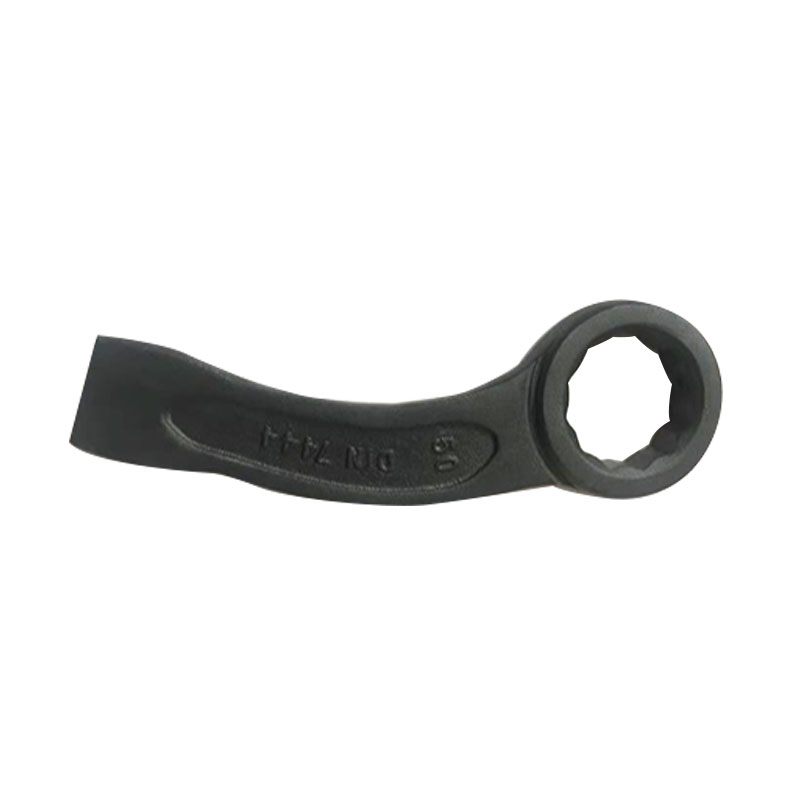Summary:Forging parts are designed and manufactured for a wide range of applications that require strength, ...
Forging parts are designed and manufactured for a wide range of applications that require strength, durability, shock absorption, and impact resistance. Some of the most common uses include:
Oil field machinery and equipment, construction, material handling, and mining, where parts must withstand great stress and fatigue to function effectively. Forging is an excellent solution to this challenge as it allows for increased strength and resilience while also reducing the risk of failure.
Automotive (engines, frames, transmissions)
Forged parts have a 26% higher tensile strength than cast iron and are more resistant to fatigue. This is particularly helpful for engine and frame components that are exposed to the stresses and strains of heavy-duty driving.
Agriculture
A forged farm tractor component can handle more pressure without breaking, as compared to cast iron. This can mean significant savings in the long run.
Railroad and boating
Railroad and boating parts are also forged to increase strength and durability under severe operating conditions. Railroad and boating machinery, including engines, transmissions, and gears, are forged to ensure reliability under the most stressful situations.
Industrial and tooling
Forging is a cost-effective solution to this problem as it produces components that are tougher than those produced by other metalworking processes, which saves money in the short term as well as the long term. In addition, the process prevents many of the defects associated with casting such as porosity, shrinkage, and voids which are common in casted parts. These issues can lead to scrapping near the end of a production run, wasting labor and material costs that could be saved by using forged components.

 Main:+86 574 87907106
Main:+86 574 87907106![]() Main:+86 574 87907106
Main:+86 574 87907106